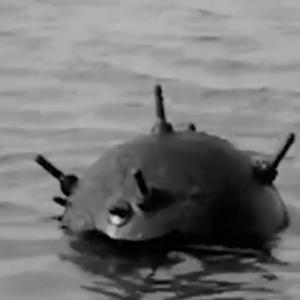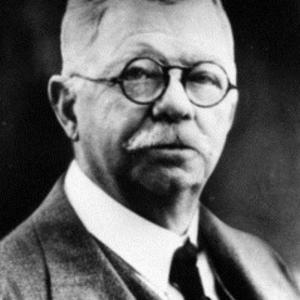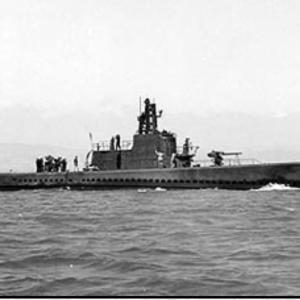
Norwegian M31 Helmet
The Norwegian M31 helmet, officially adopted in 1931, was Norway’s first domestically designed steel combat helmet and represented a distinct departure from foreign influences. It was conceived by Captain Hans Jørgen O. Hvistendahl of the Norwegian Army’s Fortifications Department, who sought a uniquely Norwegian shape rather than copying the French, British, or German styles common among European militaries at the time. The design emphasized wide, clean lines with a smooth dome and gently flared skirt optimized for protection against shrapnel and deflection rather than rifle rounds.
Manufacturing was carried out primarily by the firm A/S Hendrichsen in Oslo, with supplementary production believed to have taken place at Jøtul and possibly other contracted foundries. Production began in the early 1930s and ran up until the German invasion in April 1940. The total number of helmets produced before occupation is estimated at approximately 50,000 to 55,000 units, a number consistent with the small size of the Norwegian Army and its reserve structure at the time. These helmets were cold-stamped from Swedish-sourced manganese steel, chosen for its balanced combination of hardness and toughness. The steel thickness is generally measured at just over 1 millimetre, consistent with contemporary European helmets. The interior featured a high-quality eight-finger leather liner, suspended from a metal band and adjustable via a lace, and a sturdy leather chin strap.
The badge mounted to the front of early issue helmets was a small stamped metal national emblem depicting the Norwegian coat of arms: a crowned golden lion holding an upright battle axe on a red shield. The lion itself has medieval origins as a royal symbol going back to the 13th century. On the helmet, the badge served not merely as identification but as a statement of sovereign independence, especially significant in a nation that had only formally separated from Sweden in 1905. In some cases, the badge was painted rather than affixed as a separate metal piece, due to supply limitations or unit-level practices. During the German occupation many M31 helmets either had this emblem removed or were repainted entirely in German colors for auxiliary units, but postwar reissued helmets restored the lion insignia.
The M31’s silhouette was neither spherical like the French Adrian nor sharply angled like the German M35. Its subtle but functional shape became a point of national pride. Although it never saw mass battlefield deployment on the scale of other European helmets, it remains an elegant example of interwar Scandinavian military engineering. After World War II, many surviving M31 helmets were refurbished and continued in Norwegian service until gradually replaced by U.S.-style helmets under NATO standardization. Even so, collectors and historians recognize the M31 as one of the most uniquely national helmet designs of the pre-war period, created to signal modernity, independence, and distinct military identity.










